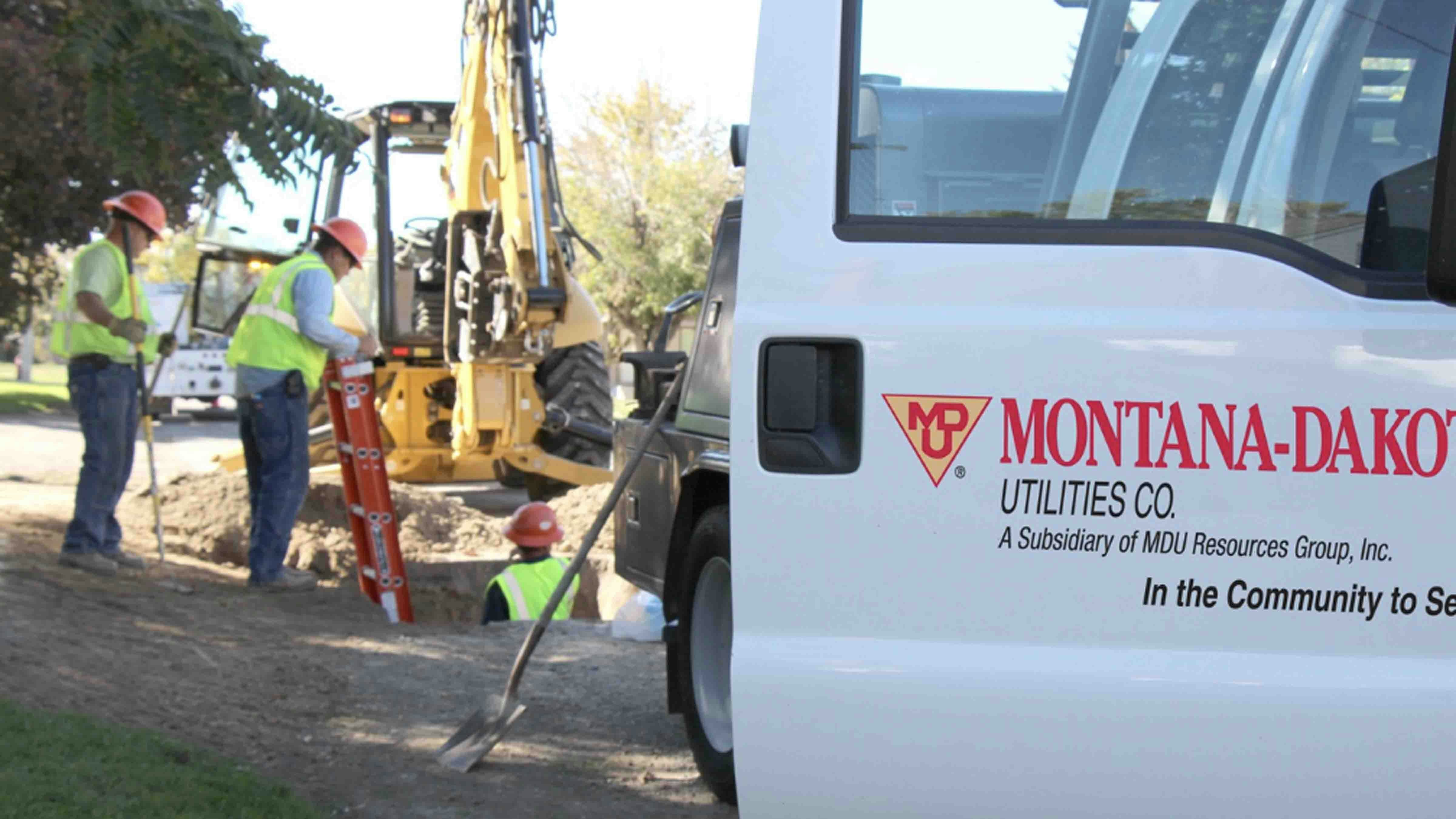Early in what some economists called the most severe economic recession in history, Wyoming’s economy posted mixed results.
A report from the Economic Analysis Division of the state Department of Administration and Information said that while Wyoming personal income and home prices were up in the first quarter of 2020 over 2019 figures, employment declined, along with taxable sales, tourism and interest revenue.
The quarterly report on economic conditions nationally and in Wyoming said economists believe that the country’s recession sparked by the coronavirus pandemic may be over with the reopening of businesses across the nation.
“The quick reopening of businesses across the country catalyzed the turnaround and the three-month downturn — March through May — will be the shortest in recession-dating history, but it will be among the most severe,” the report said. “Real (gross domestic product) is expected to decline by more than 12% peak to trough between the fourth quarter of 2019 and the second quarter of 2020, approximately three times the loss experienced during the Great Recession.”
The report on conditions in Wyoming during the first quarter of the year — January through March — said unemployment had already started to rise before the illness led to restrictions on businesses in March.
In the first quarter, employment declined slightly from the first quarter of 2019, by 1,090 jobs, 0.4%, while the unemployment rate moved to 3.8%, slightly higher than the national average.
“Job declines occurred in about half of industrial sectors where … mining (including oil and gas extraction) lost the largest number of jobs, mainly to do the reduced drilling activities because of declining oil and natural gas prices,” the report said.
Also posting a decline in the first quarter was taxable sales, which fell by 5.7% from 2019 to total $4.2 billion.
The report once again pointed to falling numbers in the mining sector as largely responsible for the overall decline, with sales of related equipment and supplies dropping by 27.2% from 2019.
Most of the state’s counties, 13, saw an increase in taxable sales, with Niobrara County more than doubling its sales compared to the first quarter of 2019 — 162.7%.
However, Sublette, Johnson and Sweetwater county sales declined by more than 30% from the previous year, “mostly reflecting a slowdown in conventional natural gas exploration.”
In tourism, the report said the number of visits to Yellowstone National Park in the first quarter dropped by 5.2% from 2019 and visits to Grand Teton National Park declined by 4.9%.
“The complete closure of these two national parks in late March may be a factor for the visitation change,” the report said.
Statewide lodging sales also declined by 9.9% from the first quarter of 2019, it said.
Agriculture prices fell slightly in the first quarter of 2020 from 2019, the report said.
Investment income to the state from its Permanent Mineral Trust Fund totaled $55.3 million in the first quarter of 2020, a 26.4% drop from the first quarter of 2019.
However, there were several bright spots in the first quarter, the report said.
Personal income grew by 2.8% in the first quarter over 2019 figures. However, the increase was slightly below the national average increase of 3.3%.
In addition, the price of a single-family home increased by 9.9% over the year, the fastest pace since the third quarter of 2007.
In addition, mortgage delinquency and foreclosure rates were lower than the rates seen in 2019.
However, the number of permits issued to build new homes fell by 3.5% from last year.





